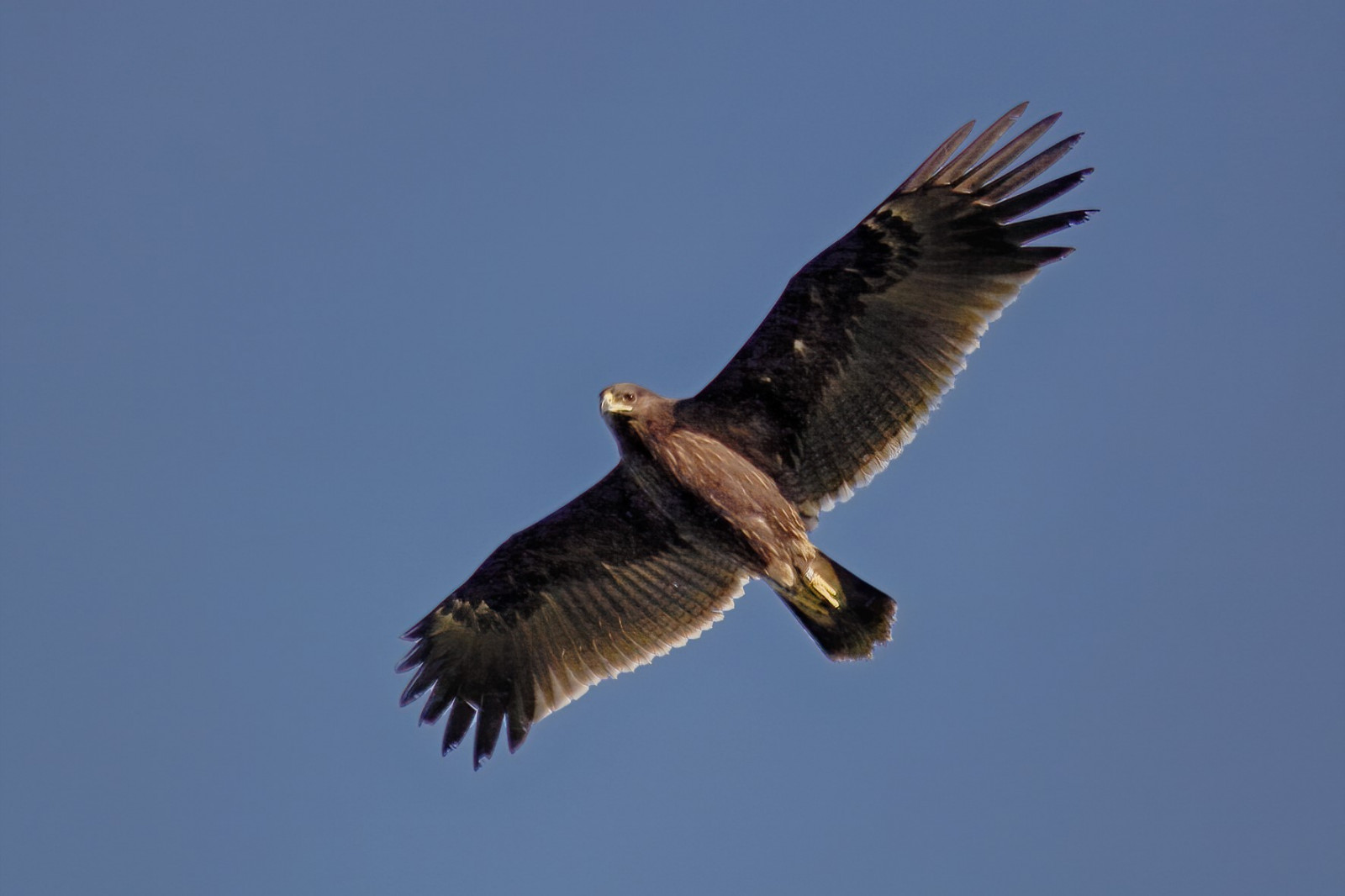Charger images
Les formats d'image autorisés sont de type jpeg, png ou gif
La taille maximale du fichier doit être de 20MB


A vast expanse of practically untouched woodland intersparsed with a large amount of bogs. One of the best places to see Grue cendrée in the region.
The Cherusti Forest is an enormous forest mirroring the nearby Meschera forests, featuring predominantly pine and mixed fir-pine woods. Not only is the forest practically untouched by man except small parts, many regions of the highly swampy terrain are exceedingly hard to get to.
Gélinotte des bois can be encountered anywhere in the woods, and the wood is perhaps the best place in the region to see Grand Tétras, with a few well-publicised lek sites. Some boggy clearings within the forest hold Pie-grièche grise, and Aigle criard breeds in the southern parts of the forest.
Recently, Grand-duc d'Europe has been found to be breeding in the forest after almost three decades of presumed absence. In the past, Faucon pèlerin was often seen over the clearings, and the raised swamps with a clear skyline are often locations from which Circaète Jean-le-Blanc can be seen, which is becoming exceedingly rare in the region. Although there is no evidence of them breeding in the forest, individual birds are still seen often.
The woodland's main claim to fame, however, is the healthy population of Grue cendrée. Locals state that to go into the forest and not see a Grue cendrée when they are present is almost unheard-of provided you visit the right places. They can be found on the raised swamps in the forest, and the last survey revealed 35 breeding pairs in the forest.
The forest can be easily reached by public transport. Trains depart on a regular basis from Vykhino in Moscow and reach Cherusti in 3 hours, which is the terminus. Train tickets cost around £4, maybe slightly higher. The forest starts immediately to the south of Cherusti, and a road links Cherusti in the north through the forest with Perkhurovo in the southern edge of the forest, and also passes Krasnaya Gora, an abandoned settlement.
Walking offers the best views of the region, although even cars can use the road, though this must be undertaken with care. The best places to look for Grue cendrée, as indeed with most birds, are the raised swamps which are almost unmissable.
Please note, as with most wildlife watching places in Russia, the forest, especially its central part, are remote and getting lost in the forest may prove a disaster, so bring adequate equipment to avoid this. A less serious note is that this forest is famous for the amount of mosquitoes in May-June.
Votre feedback sera transmis à l’auteur.rice de cette zone et à l’équipe éditoriale de Birdingplaces, qui l’utiliseront pour améliorer la qualité des informations. (Vous souhaitez publier un commentaire visible en bas de page ? Fermez cette fenêtre et choisissez l’Option 1 : « Publier un commentaire, un conseil ou une observation ».)
Veuillez fournir des suggestions d'améliorations ou d'ajouts au texte de ce site ornithologique.
Veuillez fournir vos suggestions d'améliorations ou d'ajouts à la carte.
Veuillez fournir des suggestions d'améliorations ou d'ajouts à la liste des oiseaux.
Cliquez sur l'icône de l'oiseau () Insérez les noms d'oiseau dans votre langue. Ils seront automatiquement traduits pour les autres usagers !